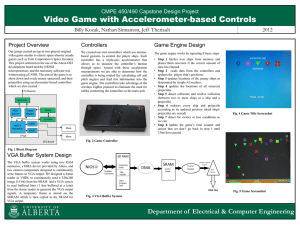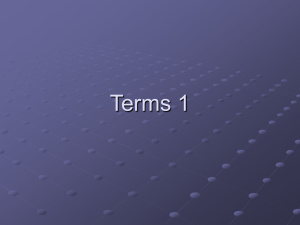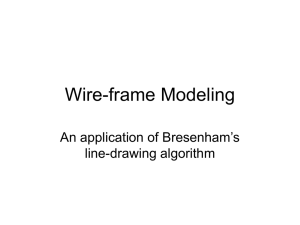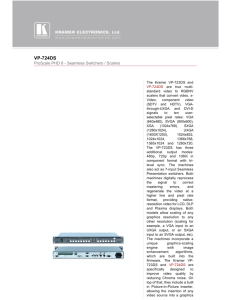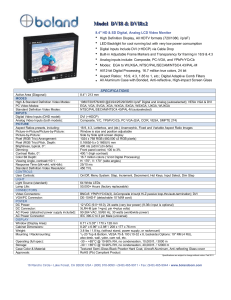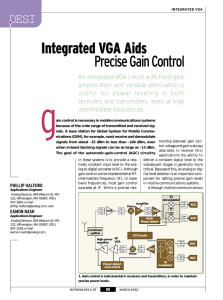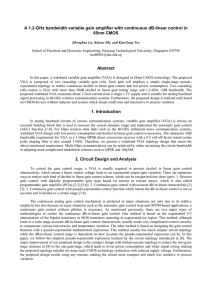The Game of Life
advertisement
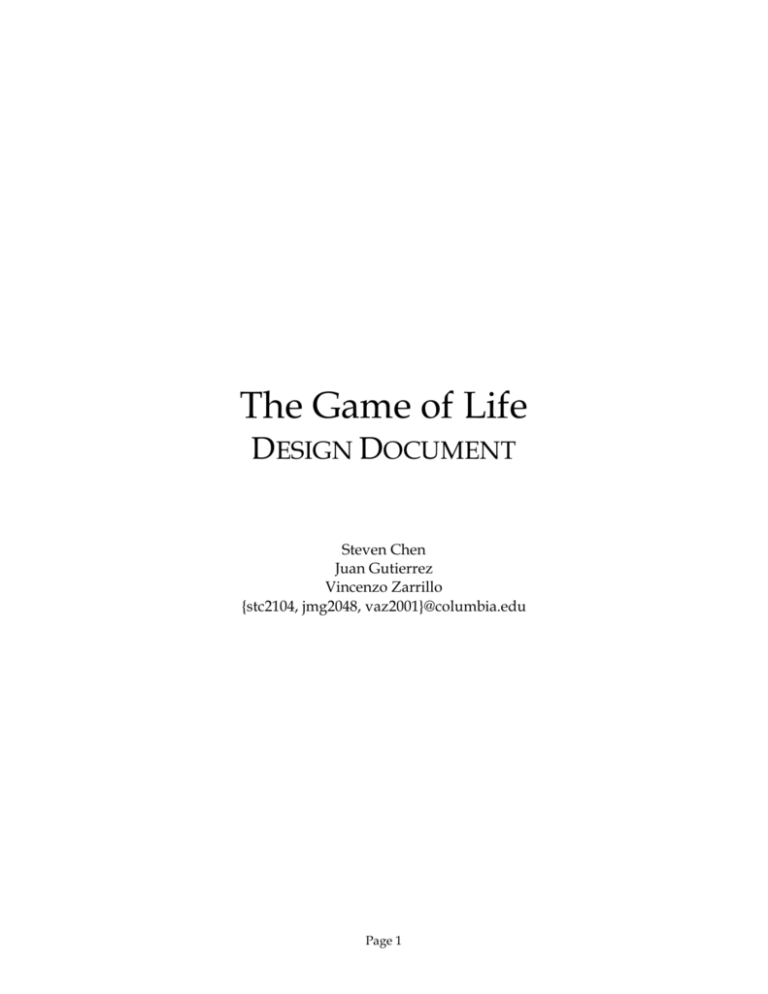
The Game of Life
DESIGN DOCUMENT
Steven Chen
Juan Gutierrez
Vincenzo Zarrillo
{stc2104, jmg2048, vaz2001}@columbia.edu
Page 1
INTRODUCTION
The goal of our project is to design a visualization of the Game of Life as
described by John Horton Conway.1 The Game of Life was meant to show what
happens to organisms when they are placed in close proximity to each other.
Upon giving the Game initial conditions, each successive ‘generation’ (iteration)
shows the evolution of the organisms. The Game is represented on a grid of
squares with colored squares denoting a living organism.
GAME OF LIFE ALGORITHM
Each ‘generation’ (iteration) of the game updates the current status of the
location of living organisms. Each organism has eight neighbors as illustrated
below.
1
2
4
6
3
9
7
8
A living organism continues to live if it has either two or three neighbors which
are also living. A empty area brings to life a new organism if it has exactly three
neighbors. The following pseudocode illustrates the algorithm.
foreach (square in the system)
{
count = 0;
// run for entire grid
foreach (neighbor square)
// for each of the 8 neighbors
{
if (currentSquareState == alive)
count++;
}
if (square is living)
{
if !( (count == 2)||(count == 3) )
kill square;
}
else
// square is dead
{
if (count == 3)
revive square;
}
}
1
Wikipedia article on the Game of Life: http://en.wikipedia.org/wiki/Conway%27s_game_of_life.
Page 2
BLOCK DIAGRAM
VGA
Monitor
VGA
Video
Port
FPGA
VGA
10-bit
DAC
Life Game
Component
Avalon
Bus
7-Segment
Encoder
SRAM
Controller
Ethernet
Controller
7-Segment
Displays
SRAM
Memory
Ethernet
Port
Page 3
DESIGN COMPONENTS
Life Component
• Receive initialization coordinates from either the internet via the Ethernet
controller or from a C program (both using the Avalon Bus to send and
receive data).
• Begin simulating game algorithm on start set of coordinates given.
• There will be two versions of the board saved in the FPGA memory:
current_state and next_state. The current_state board is evaluated (with
all resulting decisions about whether or not a being survives, dies, or is
created in a square going into the next_state board).
• The end of a generation occurs when the last square in current_state is
examined. Here, next_state is set to current_state, and next_state is reset.
current_state is always the board being displayed by the VGA peripheral.
• The bits in the (current/next) state logic vectors will represent one square
on the board. The [row,column] coordinates of current_state will be used
to calculate the starting position of the square that the bit in current_state
represents.
• Each time a generation cycle has been completed, a signal will also be sent
to the LED component, triggering it to increase the display of the
generation counter.
7-Segment Encoder Component
• Receives from the “life component” an “increase” signal, which will cause
it to increment the number displayed on the hexes, representing which
generation the game is currently on.
If we can: Genetics Component
• Intermediary component between “life component” and VGA peripheral.
• Each square will come with a basic set of “genes” (which will be depicted
by the type of color they are – we haven’t decided if we want the user to
be able to define these things, or if we’ll just assign them upon creation of
generation zero).
• As dead cells produce new living organisms, the parents involved will
donate some of their genes (the top half of each of its VGA_R, VGA_G,
and VGA_B bits), and the other will donate their genes (the bottom half),
thus producing a cross.
• Ideally we’d like to see certain combinations showing simulations of
“dominant genes” taking over certain sections of generations.
Page 4

